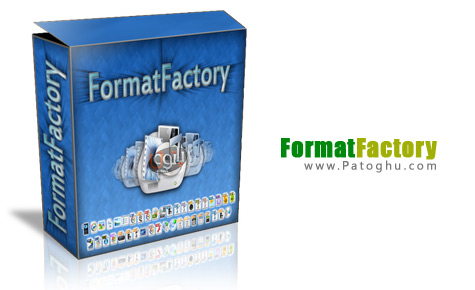


Based on these, we developed an updated map of the research landscape on modeling languages and techniques for Industry 4.0. Overall, the updated study considers 3344 candidate publications that were systematically investigated until 408 relevant publications were identified. Based on an extensive literature review, we updated our systematic mapping study on modeling languages and modeling techniques used in Industry 4.0 (Wortmann et al., Conference on model-driven engineering languages and systems (MODELS’17), IEEE, pp 281–291, 2017) to include publications until February 2018.

We aim to assess the use of modeling in Industry 4.0 through the lens of modeling languages in a broad sense. Domain-specific modeling languages promise to facilitate their involvement through leveraging (domain-specific) models to primary development artifacts. Successfully applying Industry 4.0 requires the cooperation of various stakeholders from different domains. Industry 4.0 integrates cyber-physical systems with the Internet of Things to optimize the complete value-added chain. Formal Modeling Automata-based and mathematical modeling approaches, including Petri Nets or Priced Timed Automata GPL Techniques employing general programming languages (GPLs), for instance, to model the services provided by a robotic manufacturing system KR Knowledge representation languages, using, for instance, OWL Meta Various metamodeling techniques, such as Simulink Approaches using MATLAB/Simulink, e.g., SysML Techniques employing SysML, including UML UML and UML profiles, such as XML XML-based modeling techniques, for example -reducing time (development time, time-to-market), -reducing costs (of development, integration, (re-) configuration), -improving sustainability, and -improving international competitiveness. We classified the expectations into expectations on Table 5 Modeling language facets 3D Modeling Techniques for representing geometric properties, e.g., for factory planning or augmented reality systems, including AutoCAD and CATIA 3D ADL Techniques employing architecture description languages, e.g., AML Techniques employing the AutomationML plant engineering data exchange format, such as BPM Techniques for business process modeling in the context of Industry 4.0, for instance CMSD Approaches based on Core Manufacturing Simulation Data (CMSD), such as DSL Domain-specific languages, e.g., EDDL or SDL ER Entity-relationship modeling, cf.


 0 kommentar(er)
0 kommentar(er)
